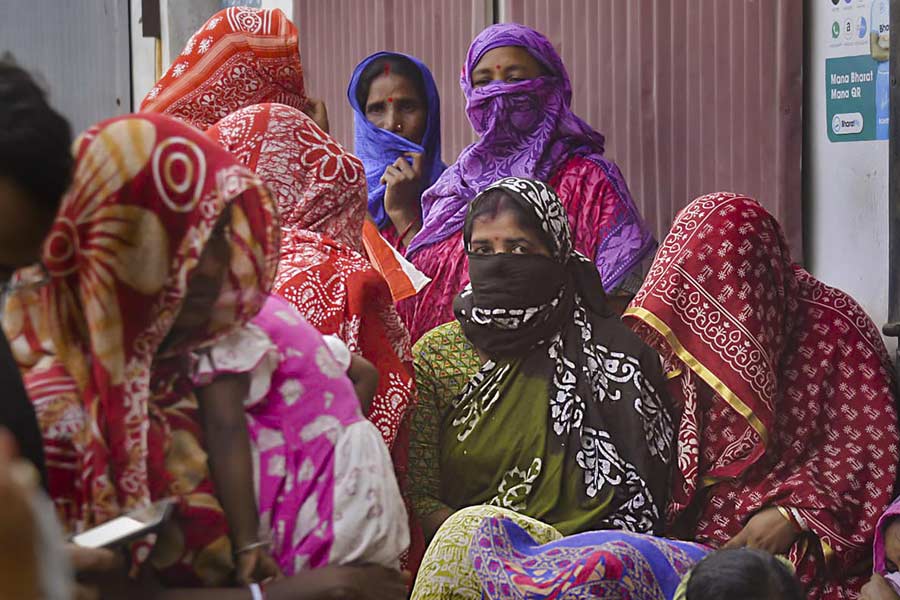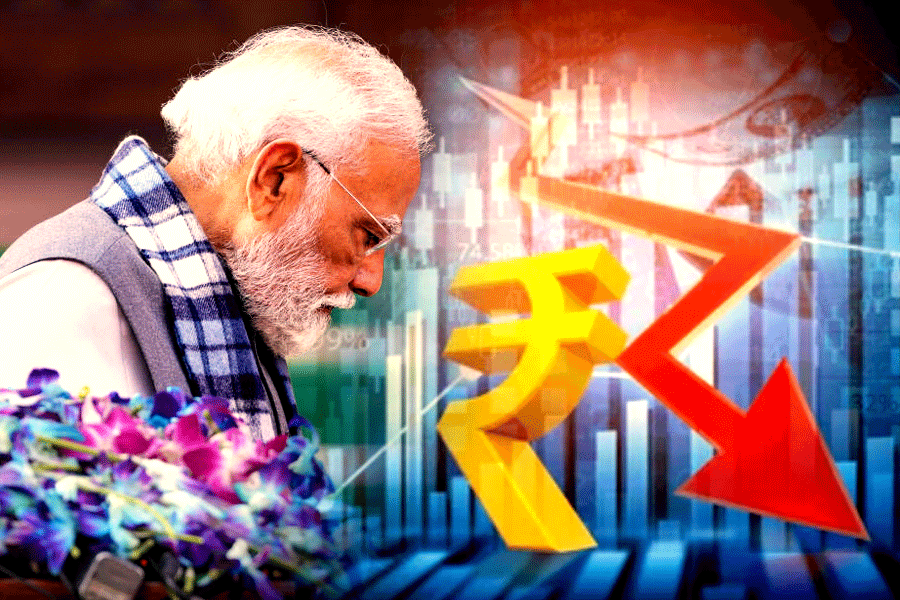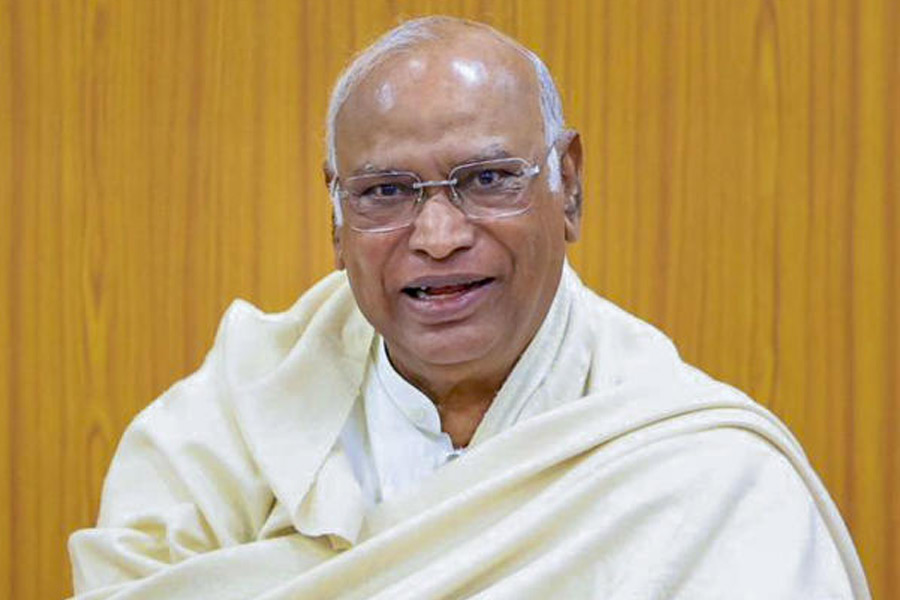Electoral manifestos usually differ among competing parties. But in recent years, poll manifestos have converged in one aspect: a marked outreach towards women voters. This concern for the well-being of the woman voter among India’s political parties cannot be attributed to empathy: the real reason lies in the changes that are sweeping across India’s political demographics. For instance, data suggest that there has been a rise in the percentage of women voters in the total electorate. Similarly, the number of constituencies where women voters outnumber men are rising too, thereby narrowing the gap between the genders in terms of the overall voters’ turnout. Significantly, more women have turned out to vote than men even in constituencies where there are fewer women than men on the electoral rolls. India’s political parties have responded to these emerging trends in the only language that they seem to understand: welfare sops. From free bus rides for women to subsidies on gas and electricity to financial stipends for disadvantaged women, to name only a few measures, political parties are desperate to corner the biggest slice of this emerging, influential voters’ pie. This year’s general election is not an exception with most of the contenders unveiling women-centric welfare initiatives. Indeed, such overtures are likely to continue as estimates, such as one by the State Bank of India, suggest that women voters would exceed men in the 2029 general elections.
There is no doubt that the increasing visibility of women voters in elections is the outcome of some heartening structural transformations. Better access to education, heightened consciousness about rights, institutional encouragement as well as enhanced means of mobilisation have played their bit. But political parties need to do a lot more than pledging populist packages for women. Meaningful emancipation is only possible when women are adequately represented in institutions that possess the levers of power. Incidentally, women’s representation in the Lok Sabha is 15%; the figure is 13% in the Rajya Sabha. Most parties remain tight-fisted when it comes to nominating women candidates. This asymmetry between burgeoning women voters and minimal representation of women in the House is not just ironic: it is shameful and must change.











